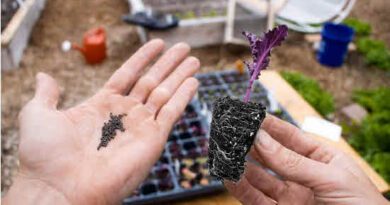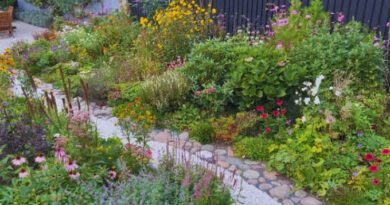Garden Flowers
Whether you’re an avid gardener or someone looking to add a touch of beauty to your surroundings, understanding the diverse categories and life cycle of flowers can deepen your appreciation for these floral wonders.
Categories of Garden Flowers
Perennials
Perennials are the backbone of many gardens, returning year after year with their enduring beauty. These plants, such as roses and lilies, offer a sense of reliability and often become the foundation for a garden’s aesthetic.
Annuals
Annual flowers complete their life cycle within a single growing season. Vibrant and versatile, annuals like marigolds and zinnias provide an opportunity to experiment with different colors and varieties each year.
Biennials
Biennial flowers require two years to complete their life cycle. In the first year, they focus on vegetative growth, and in the second year, they bloom and produce seeds before completing their cycle. Examples include foxgloves and hollyhocks.
Bulbs
Tulips, daffodils, and hyacinths fall under the category of bulbous flowers. These plants store energy in underground bulbs, creating a burst of color when they bloom. Bulbs are often associated with the arrival of spring.
Wildflowers
Wildflowers bring a touch of untamed beauty to gardens. Nurturing native wildflowers not only supports local ecosystems but also adds a natural, rustic charm to your outdoor space.
Life Cycle of Flowers
Understanding the life cycle of flowers reveals the fascinating journey these botanical wonders undergo, from seed to bloom and back to seed. Here are the key stages:
- Germination – The journey begins with the germination of a seed. Under the right conditions – soil, water, and warmth – a seed sprouts, sending roots into the soil and a shoot above the surface.
- Vegetative Growth – During this phase, the plant focuses on building a strong structure of stems and leaves. Energy from sunlight is absorbed through the process of photosynthesis, promoting robust growth.
- Budding – As the plant matures, it begins to form buds. These tightly closed structures hold the promise of what’s to come – a burst of color and fragrance in the form of flowers.
- Flowering – The most celebrated stage, flowering is when the plant showcases its blossoms. Flowers serve various purposes, from attracting pollinators to producing seeds for the next generation.
- Pollination – Pollination is a crucial step in the life cycle, where pollen is transferred from the male part (anther) to the female part (stigma) of the flower. This can occur through wind, insects, birds, or other natural agents.
- Fruiting – Once pollinated, the flower transforms into a fruit, housing seeds that carry the genetic information for new plants. The fruit provides protection and nourishment for the developing seeds.
- Seed Dispersal – The final stage involves the dispersal of seeds, ensuring the plant’s progeny are scattered across different locations. This can occur through various means, including wind, animals, or water.
Your Flowers in the Gardening Journey
Whether you’re captivated by the resilience of perennials, the fleeting beauty of annuals, or the intricate life cycles that unfold with each bloom, there’s a floral story waiting to be told in every garden. Join us as we explore the diverse tapestry of garden flowers, discovering the magic that unfolds in every petal and the timeless beauty that graces our outdoor spaces.






